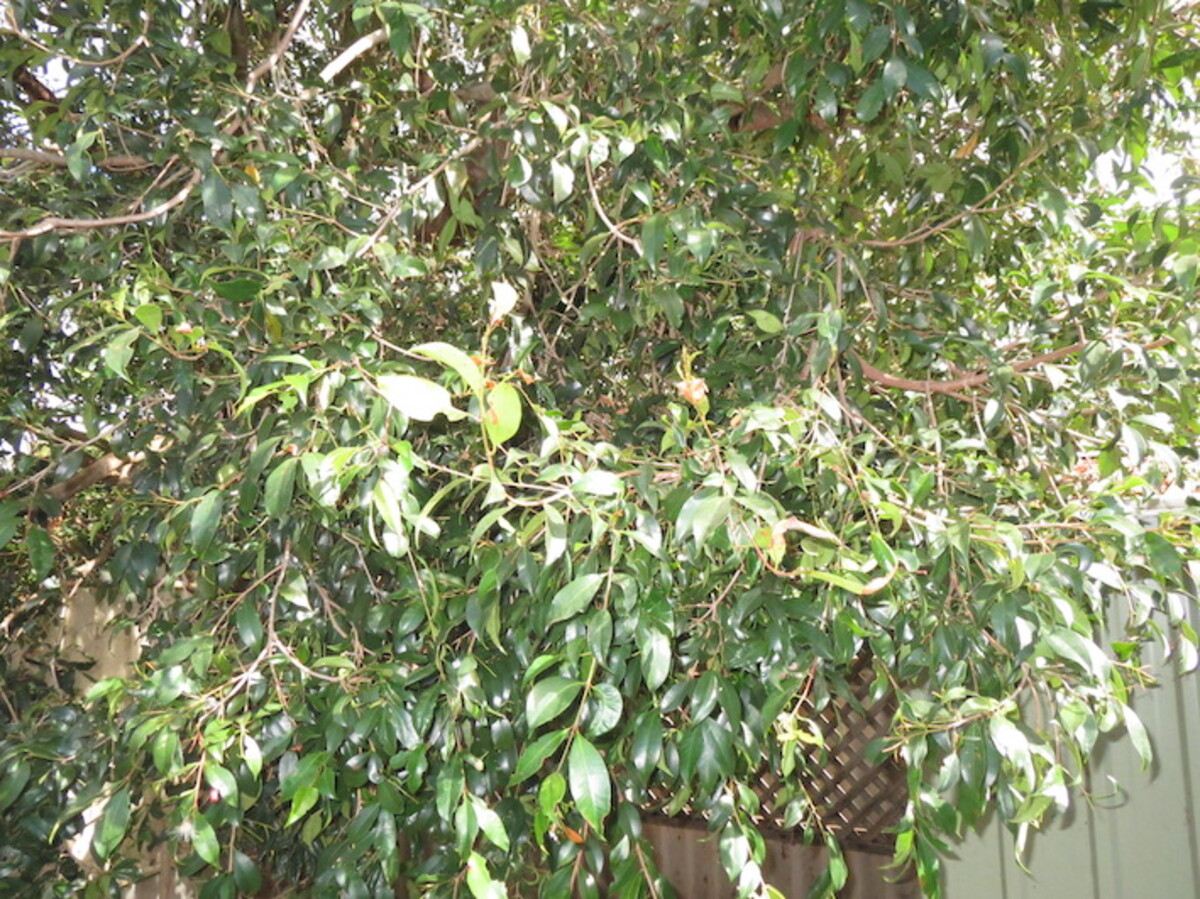Citizen science campaign aims to save the bush
Julia Beckett
04 April 2024, 1:30 AM

Local bushwalkers and gardeners have been asked to become citizen scientists and help keep an invasive fungal disease out of South Australia.
Climatic conditions make regions such as the Fleurieu and Kangaroo Island particularly susceptible to myrtle rust, which is established in the eastern states.
Originally from South America, the fungus particularly affects Myrtaceae species, such as lilly pilly, bottlebrush and eucalypt.
It can cause significant defoliation, prevent flowering and fruiting and even kill more susceptible trees, reducing food resources for many native animals.
Myrtle rust produces bright yellow spores that are easily spread by humans, animals, insects and vehicles.
University of Adelaide PhD candidate Rebecca Paxton has been working on a program with the Atlas of Living Australia (ALA) to locate and record the spread of spores.
She told the ABC radio Country Hour that myrtle rust spores have been detected in South Australia, but as yet no infections have been reported.
The ALA is known as Australia’s biodiversity database and has made available a myrtle rust reporting guide to help people identify and report the fungus.
Ms Paxton says efforts to control the spread in the eastern states have been unsuccessful but Queensland researchers are working on a treatment spray.
“Citizen science can act as an early warning system to let us know when myrtle rust spreads to a new area,”
Gardeners and bushwalkers who spot myrtle rust are asked not to touch it, but to upload photos to a free citizen science mobile app, such as iNaturalist or NatureMapr.